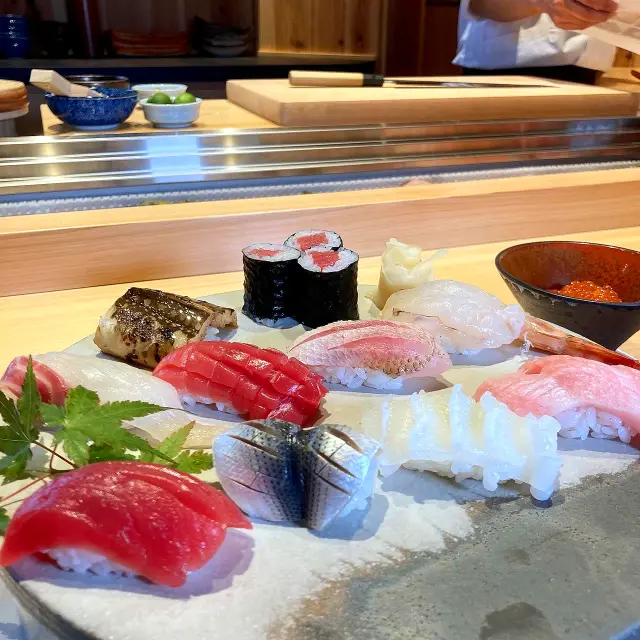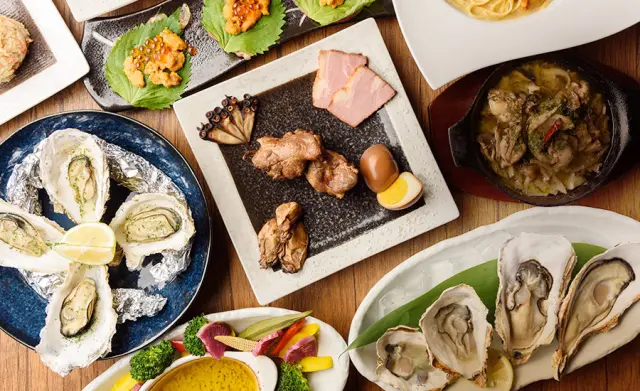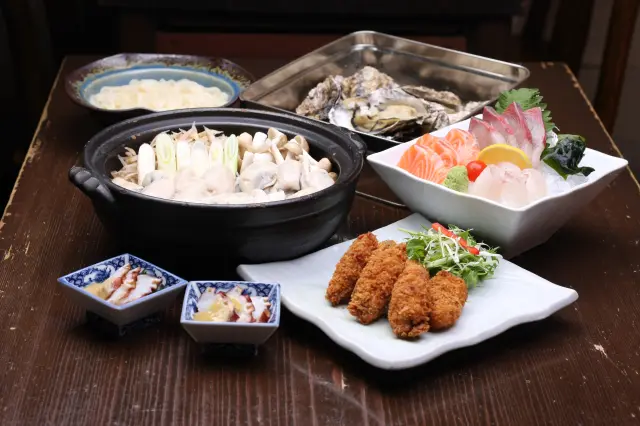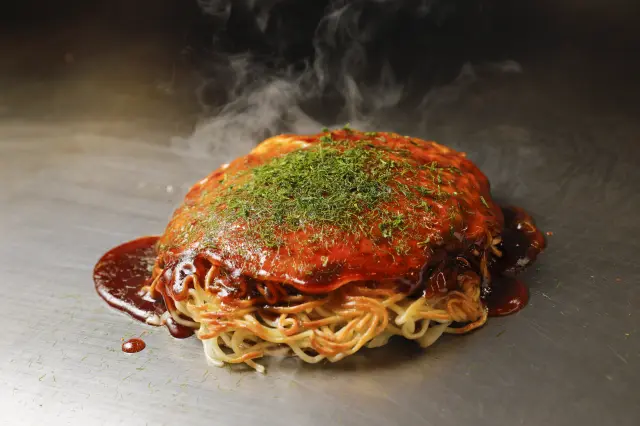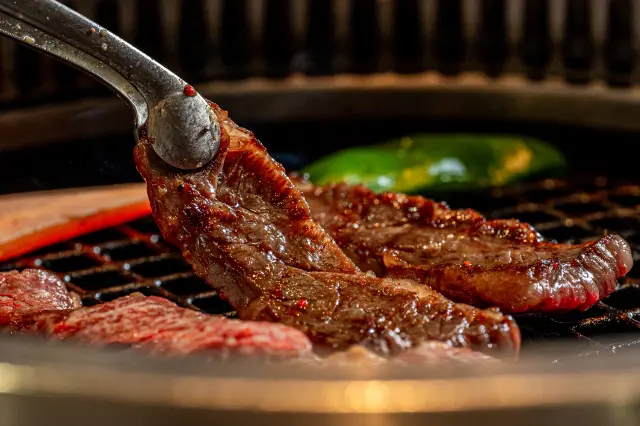
Verified [Verified] denotes information that has been published with confirmation of its owing parties.
Kangen-sai festival
It is held from dusk to night on June 17 of the lunar calendar and is the most extensive Shinto ritual at Itsukushima Shrine since the Heian period (794-1185).
It is the most extensive ritual at Itsukushima Shrine, a World Heritage Site, and one of Japan's three largest boat rituals. This ritual was initiated by Taira no Kiyomori at the end of the Heian period (794-1185) to pacify the deities of Itsukushima Shrine.
It is said to have been adapted from the "Kangen-Asobi," a ritual in which Heian aristocrats floated boats on ponds and rivers and played gagaku (ancient Japanese court music).
The Kangen-sai festival begins at 4:00 p.m. on June 17 of the lunar calendar, when Hatsuren-sai is held at the main shrine of Itsukushima Shrine. As the sun starts to set, the Goza-sen boat (Kangen-sen boat) carrying the Gosaijin (deity) of Itsukushima Shrine departs for Sessha Jigozenjinja Shrine on the opposite shore. It crosses the Seto Inland Sea at midnight while playing gagaku (ancient Japanese court music). The boat's bow, which consists of three Japanese-style boats, is lit by a bonfire, and four high lanterns and 20 decorative lanterns are lit as the boat moves through the sea at night, creating a mysterious and beautiful scene.
The highlight of the Kangen-sai festival is the "boat spinning," in which the boat returns to Itsukushima Shrine, enters the narrow Masugata (square of the corridor), and plays gagaku while turning the hull three times. This dynamic ritual is the climax of the Kangen-sai festival, and the technique used to turn the boat in this narrow space in time with the gagaku music is astonishing.
On the day of the festival, ferries and other services are expected to be crowded.
Why not arrive at Miyajima early and enjoy a stroll around Miyajima until the festival starts at 4:00 p.m.
Highlights
-
It is the most extensive Shinto ritual at Itsukushima Shrine, a World Heritage Site, and has continued since the end of the Heian Period (794-1185).
-
It is said to have been inspired by the "Kangen-asobi play" in which Heian aristocrats played gagaku (ancient court music) on a boat.
-
It is a fantastic sight to see the Gozabune (Kangen-sen boats) carrying the Gosaijin(deity) of Itsukushima Shrine, lit with bonfires and lanterns, moving through the sea.
-
The boat spinning is a must-see event in Masukata, surrounded by the corridors of Itsukushima Shrine.
-
The ferry is expected to be crowded on the day of the festival, so arrive at Miyajima early and enjoy a stroll around the island.
Photos
-

It is a fantastic sight to see a lighted Kangen-sen boat sailing on the sea past the Ootorii Gate of Itsukushima Shrine. Courtesy of Hiroshima Prefecture
-

The music is said to have been inspired by the Kangen-asobi play of the Heian aristocrats. Courtesy of Hiroshima Prefecture
-

The "boat spinning," in which the hull is spun three times in a narrow Masugata, is the biggest highlight of the Kangen-sai Festival. Courtesy of Hiroshima Prefecture
Reviews
Details
- Name in Japanese
- 管絃祭
- Telephone
- 0829-44-2011 (Miyajima Tourist Association)
- Date of the festival
- June 17 of the lunar calendar
- Directions
- 5 min. Walk from JR Miyajima-guchi Station or Hiroden Miyajima-guchi stop to Itsukushima Shrine, 10 min. by ferry from Miyajima-guchi Pier, 10 min. walk from Miyajima Pier
- Website
- Official Website (English)
Check also...
Please cooperate with this survey.
Thank you for your cooperation with the survey.
Recommended for you
-
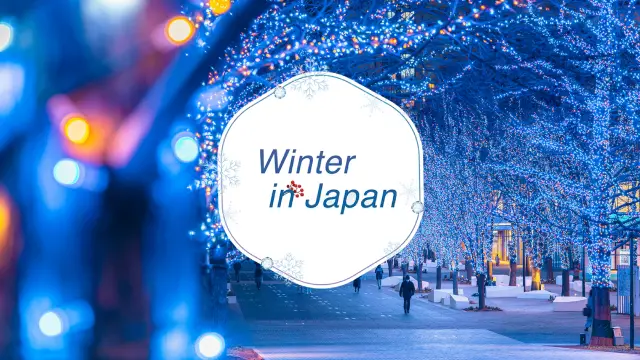
Winter in Japan 2025
-

The Complete Guide to Ichibankuji
-

Top Recs for Niche Travel in Japan
-

Mt.TAKAO+one
-

Prince Snow Resorts Feature
-

7 Tips to Dig into the Best of Gotemba
-

Unique Experience in Kansai
-

The Best of NIPPON47
-

Kansai’s Hot Springs
-

A Guided of Bridge Connecting Honshu and Shikoku
-

Kagoshima Responsible Tourism
-

Exceptional Japan Finds

